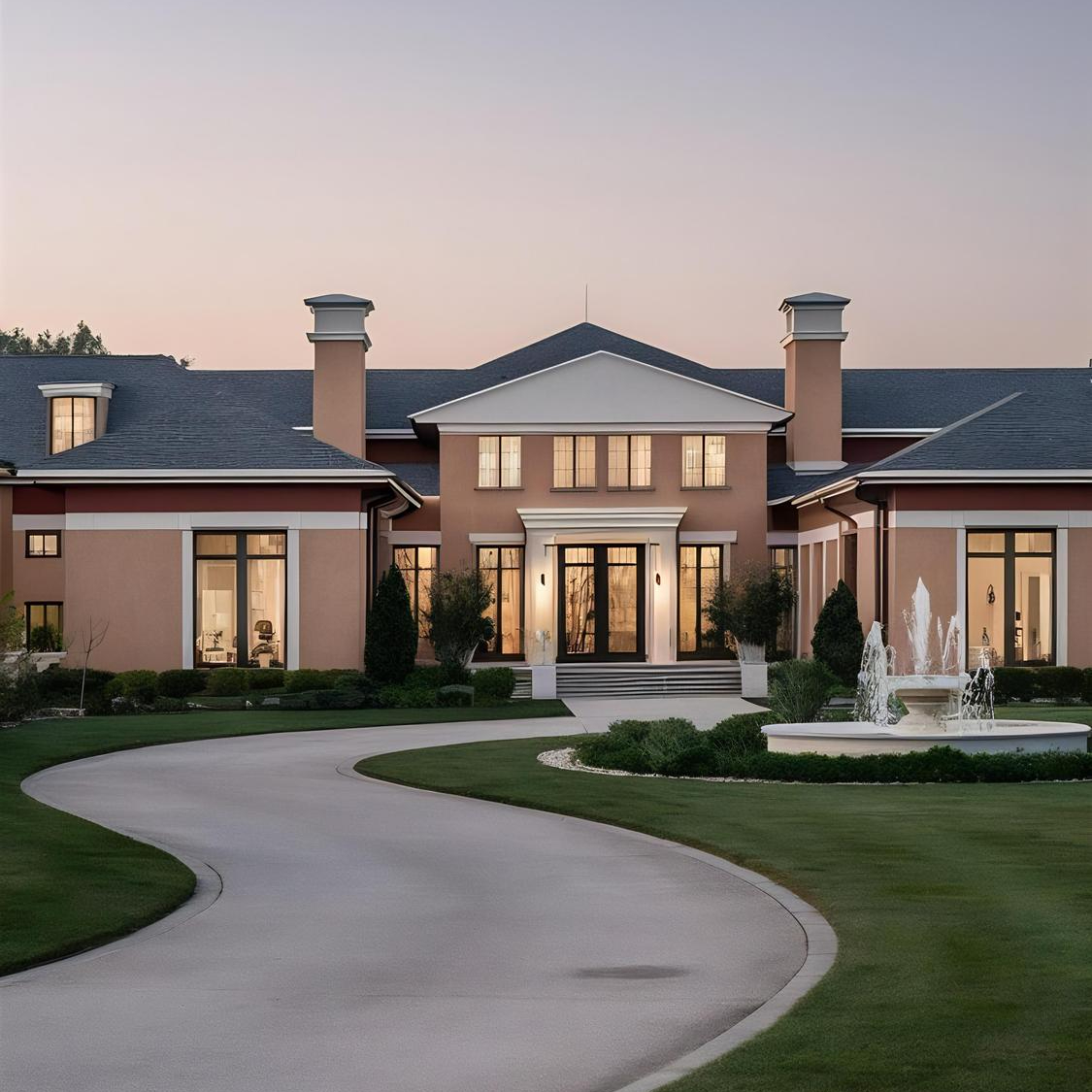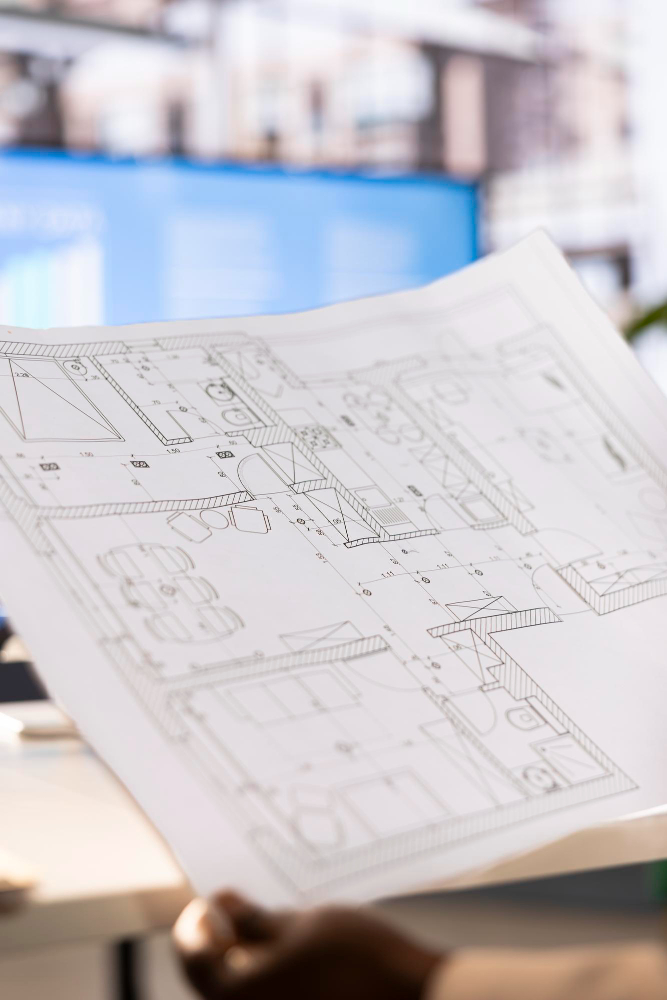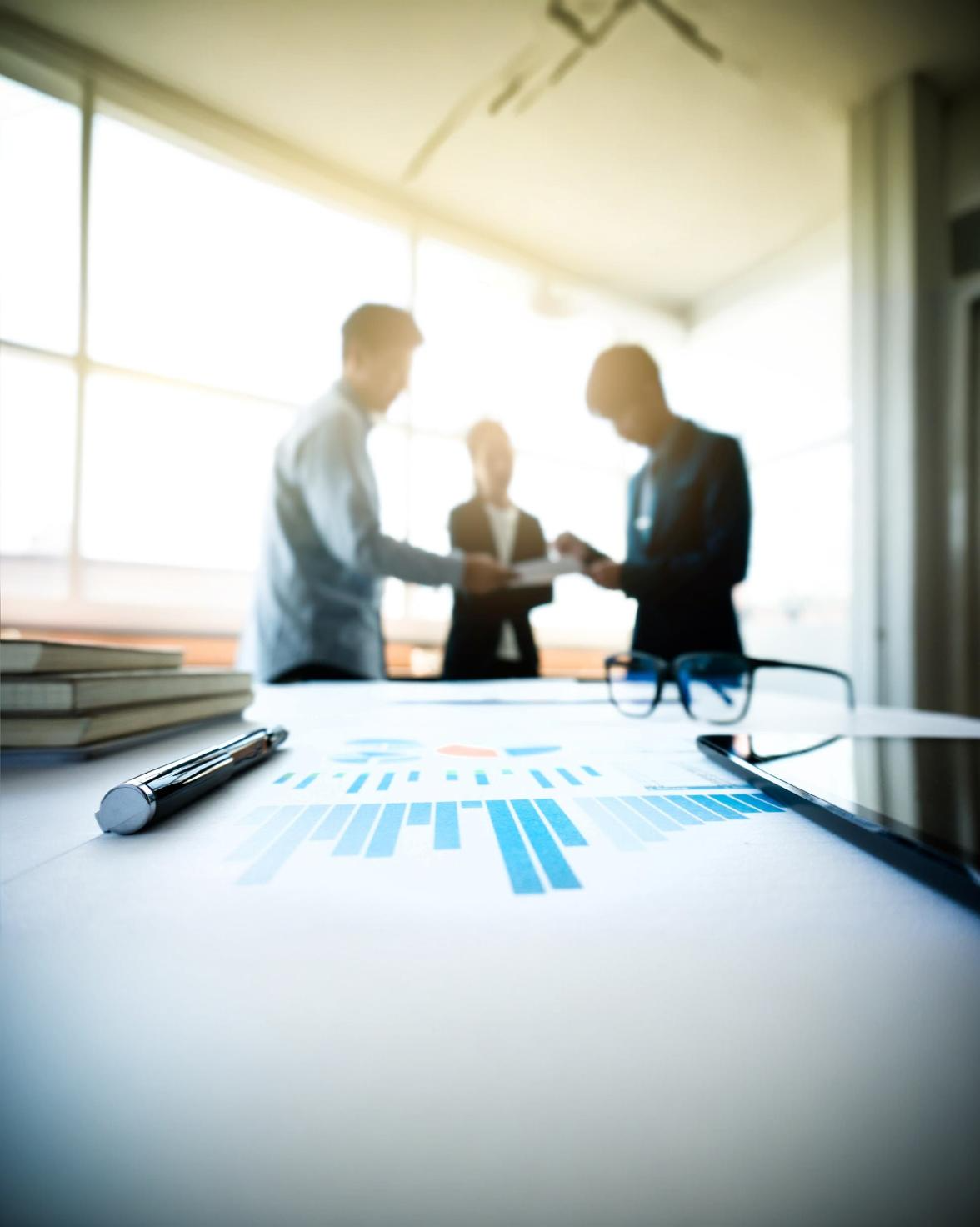by Henry Walter
The experience of driving through the fall countryside and seeing farmers and tractors harvesting crops may soon be replaced with visions of large industrial buildings packed with fully autonomous watering, air circulation, and advanced lighting systems. Global food and technology changes have accelerated this movement, which presents unique real estate valuation challenges for appraisers.
According to the Food and Agriculture Organization of the United Nation (FAO), border closures, nationwide quarantines, and supply chain strains from the 2020 Global Pandemic have limited communities’ access to food. Additionally, the growing global population is predicted to reach 9.1 billion people by 2050, which the FAO predicts will necessitate an increase in food production of 70% globally. With supply chain disruptions, food access, and the growing global population gaining attention, entrepreneurs and investors are experimenting with ways to maximize yields while decreasing their footprint.
Conventional farming uses manpower, heavy machinery, and farm animals to till the soil in large agricultural fields. Over time, this process degrades soil, depriving it of vital nutrients and minerals required to maintain high plant yields. Technological advancements in farming can improve this process and produce higher yields, as demonstrated by agricultural output in the Netherlands. A nation that is approximately the size of Connecticut, the Netherlands is the second largest agricultural exporter, by value, in the world thanks to the use of high-tech greenhouses. In addition to producing higher yields, high-tech greenhouses are more environmental-friendly compared to conventional farming since they use a fraction of the water, fertilizers, and land. These facilities also benefit from lower labor and transportation costs because they can locate closer to metropolitan areas.
High-tech greenhouses are a newer form of real estate, which presents challenges for valuing these assets. The advanced design and technology featured in these specialized properties require a detailed and diligent analysis in order to provide a reliable and well-supported opinion of value. The appraiser must develop a thorough understanding of how these special-use buildings function in order to understand the value potential.
Once the appraiser has identified and fully researched the variety of features present in a greenhouse being appraised, he or she must then consider these unique property features when applying all applicable approaches to value. Real estate appraisers may employ three approaches to value: the cost approach, the sales comparison approach, and the income capitalization approach.
- The income capitalization approach estimates the value of a property by analyzing its income streams and/or its potential to produce income.
- The sales comparison approach uses the principle of substitution to determine how much a buyer would pay for a comparable property.
- The cost approach is a valuation method estimating the price a buyer should pay for real estate based on the cost of building an equivalent building. The costs include acquisition of land and total construction costs, less economic depreciation.
Valuing high-tech greenhouses requires more due diligence from the appraiser for several reasons: the income capitalization and sales comparison approaches lack sufficient reliable market data. This is due to the fact that many facilities are owner-operated, and typically, the owner is leasing the real estate back to a related company. Rental rates in these situations do not reflect market rents, so rents must be adjusted to reflect the appropriate market rates. However, without reliable market data, it is challenging to accurately adjust rents. The application of the income capitalization approach depends on if data sufficient to support this approach is available.
An appraiser may elect to apply a sales approach, but like other approaches to value, he or she may be limited by the availability of data. Shenehon tracks the sale of specialized real estate assets such as high-tech greenhouses. For example, we have been tracking several Real Estate Investment Trusts (REITs) that are actively acquiring mechanized medical marijuana greenhouses through sale-leaseback arrangements. REITs are interested in these medical marijuana greenhouses because the supply of these property types is limited, and there is a growing demand for their use. Medical marijuana is legal in only 33 states, all of which require several permits to operate and may have state mandated limits to how many greenhouses can grow this plant. The sale-leaseback program allows medical marijuana companies to reinvest the proceeds of the sale into their operations since obtaining financing is often tricky for such companies as their product is federally prohibited from utilizing traditional financing sources.
In 2020, Industrial Innovative Properties, Inc. (IIPR) acquired several medical cannabis greenhouses, with the intention of improving and expanding capabilities and capacity of each facility through their tenant improvements. According to IIPR’s sale-leaseback program, they aim for:
- Deals in the $5 million to $30+ million range.
- Lease terms for 10 to 20 years on a triple net lease.
- Initial base rent that is 10% to 16% of the total investment.
- Rental rate annual escalations of 3% to 5%.
Their acquisitions ranged from $5.5 million with $29.5 million in tenant improvements in New Jersey to $26.8 million with $22.2 million in tenant improvements in Massachusetts. These sales provide useful data for determining value using the sales approach.
The cost approach is one of the more accurate ways to value the greenhouse due to highly specialized buildouts, but only if records of construction costs were kept. If the sworn construction statement is available, a thorough analysis of the building’s physical depreciation, as well as estimating the functional and economic obsolescence present in the property, must be completed. In cases where construction statements are unavailable, estimating the building construction costs can vary widely, resulting in significant differences in opinions of value. The plant intended to be grown in the greenhouse also has a major impact on the cost to build the structure. For example, Bayer CropScience built a 300,000 square foot automated greenhouse in Marana, Arizona for their corn-genetics research for $100 million compared to Bright Farm’s 280,000 square foot specialized greenhouse in Sellingrove, Pennsylvania designed to grow lettuce, which was built for $20 million. Different light cycles, temperatures, and carbon dioxide levels of plants require varying degrees of automation and sophistication in the buildouts.
From rural farm to city center, acrylic to polycarbonate, hydroponic to flood floors, and tomatoes to marijuana, no one high-tech greenhouse is the built the same. The limited market data and the difference in tenant improvements, purchase price, and construction costs highlight the complexity of evaluating such a unique asset. Understanding that complexity and valuing unique properties is one of things Shenehon does well.
STAY IN THE LOOP
Subscribe to our newsletter.
Explore More




